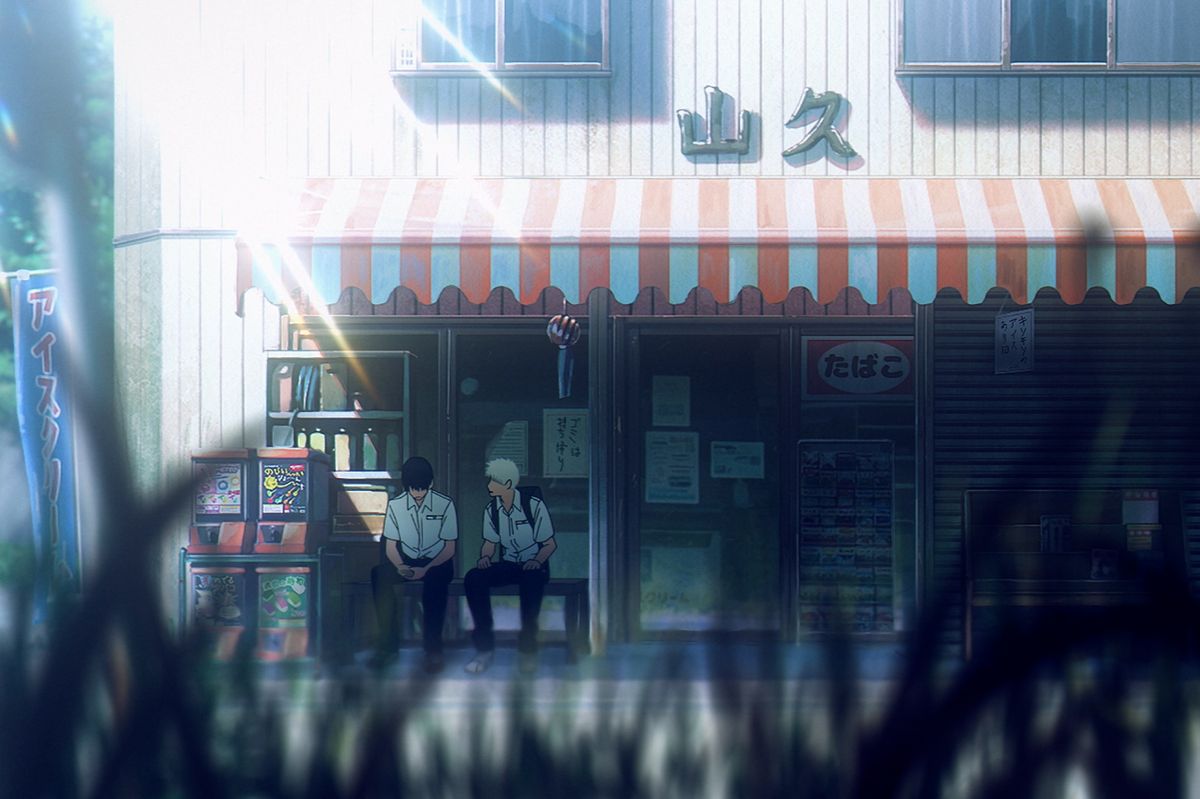Described as ‘haunting’ and ‘disturbing’ the 12-episode show is certainly not for the faint of heart
A supernatural horror series on Netflix is winning rave reviews from viewers who are hailing it as ‘perfect’ and ‘disturbing’ – and it boasts a rare 100 per cent Rotten Tomatoes rating.
The Summer Hikaru Died centres around a town still recovering from the disappearance of a young schoolboy, Hikaru (Shuichiro Umeda), who vanishes for a week into a forbidden forest in the mountains. When he returns, it becomes apparent to his best friend Yoshiki (Chiaki Kobayashi) that he has come back fundamentally changed – but by what?
As per Netflix’s synopsis: “Two best friends living in a rural Japanese village: Yoshiki and Hikaru. Growing up together, they were inseparable… until the day Hikaru came back from the mountains, and was no longer himself. Something has taken over Hikaru’s body, memories, feelings… and everything they know begins to unravel.”
As Yoshiki grapples with the grief of his losing his best friend while maintaining a friendship with the shell of him, he finds himself losing grip of his emotions and questioning if he’s truly safe with Hikaru in his life.
The 12-part anime series blends horror with a coming-of-age tale, and many have praised its LGBTQ+ undertones. It is based on a comic of the same name by manga creator Mokumokuren.
At time of writing the Japanese language show has an impressive 100 per cent critics’ score while viewers awarded it a strong 87 per cent, with plenty of praise for the animation style.
One glowing review praising its director read: “Ryohei Takeshita’s direction is something to behold. His masterful orchestration of perspective, textures, and spatial composition is reminiscent of Twin Peaks in its gift for making the ordinary feel faintly poisoned.”
“The Summer Hikaru Died is the perfect series for horror fans to experience a haunting, heartfelt reminder that anime still has the power to surprise, disturb, and move viewers,” another show fan penned, while a third added: “Each episode leaves you with a constant feeling of unease, which doesn’t rely too heavily on jump scares but instead focuses on building tension.”
Tentative anime watchers were reassured by one viewer, who gushed: “This is the most interesting animated series I’ve ever seen. It’s use of animation is so fun and unique, working perfectly in tandem with the surreal plot. The whole tone of the show is spectacular.”
The Summer Hikaru Died is now streaming on Netflix

